A constellation is a group of stars that gave the appearance of an imaginary figure in the sky.
A constellation is a particular asterism.
In the sky the stars of a constellation are far apart from each other but appear grouped into figures. The Western constellations are grouped into two parts, dividing the sky into more or less following the two terrestrial hemispheres, the southern sky to the south and the northern sky to the north. The boreal constellations are the oldest and correspond to the plane of sky visible from the Mediterranean regions by astronomers of antiquity. The southern constellations were named by Western astronomers until the fifteenth century. The International Astronomical Union (IAU) divides the sky into 88 constellations with precise boundaries, so that each point in the sky belongs to a constellation. Man is fascinated by the cosmic scenery that represents the sky.
The stars all seem to hang at the same distance from Earth but the sky changes day and night throughout the year. In theory we can see 2600 stars.
The Earth's rotation creates the horizon bisects the celestial sphere. The pole, all the stars revolve around the zenith, parallel to the horizon. At the equator all the stars rise and set, the celestial poles lie ahead. | | Therefore, all the stars from one pole to another are visible at certain times of the year.
Some mid-latitude stars are circumpolar or always above the horizon while others will rise and set.
The stars differ in color, brightness and luminosity.
This is primarily the brightest stars that attract the attention of the observer. Greek mythology has left us in the sky of the images formed by imaginary lines we call constellations.
These constellations are named according to their shapes. These groups of stars are not related to their distance from the Earth. There are southern constellations, equatorial and boreal. Those observed in the northern hemisphere are the equatorial and boreal constellations. It is easy to recognize the so-called circumpolar constellations: they are those that can be observed in all seasons.
These constellations are composed of the Big Dipper, Little Dipper, the Dragon, the Giraffe, Cassiopeia, Cepheus and the Lynx.
NB: By convention the names of the stars of a constellation are prefixed by a Greek letter followed the first 3 letters of the constellation, for example: α Ori, β Ori... (Greek letters: α β γ δ ε ζ η θ ι κ λ μ ν ξ ο π ρ ς σ τ υ φ χ ψ ω)./p> | | 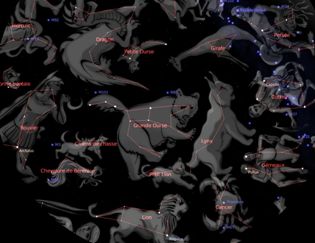 Image: Overview of part of the 88 constellations of the sky. Once the browsers were using this imaginary map to find their position at sea Today astronomers constellations are more than sailors.
They are used to locate stars in the sky.
Reworked images from the open source Stellarium. |
The most notable is the constellation of Orion.
It has the telescope, one of the most beautiful sights of heaven. Alnitak, Alnilam and Mintaka are the three stars of Orion's belt. Among the brightest stars visible in the sky, two belong to the constellation of Orion, it is the blue giant Rigel (Beta Orionis) and the red supergiant, Betelgeuse (Alpha Orionis). The red supergiants are the brightest stars in the Universe. The red supergiant Betelgeuse, is the observation privileged interferometers due to its diameter, approximately 600 times that of the Sun, its proximity, 643 light years around and its very bright in the infrared. In this constellation there is a nebula, the Orion Nebula at a distance of 1500 light years from Earth, offers one of the best opportunities to study the birth of stars, not only because it is the largest and the closest region of star formation, but also because the energy star of the nebula have blown the dust and the surrounding gas, which allows us to see. | | We enjoy an intimate vision of a broad spectrum of stars being born and evolve. At the heart of the nebula, four blue stars, light up long-range matter dispersed in space. The atoms absorb the starlight and re-emit according to their own colors, those of oxygen that is in the green, hydrogen and nitrogen in the red.
Radio astronomical observations reveal that the Orion Nebula is a small part of the large opaque cloud of Orion. Contraction of the cloud were born the Trapezium stars, and a group of proto-stellar nebulae located behind the Orion Nebula. The Orion Nebula was discovered in 1610 by Nicolas-Claude Fabri de Peiresc which was apparently the first to notice his nebulous.
Although Ptolemy, Tycho Brahe and Johann Bayer identified the stars in the center of the nebula, like one big star, Galileo had detected a number of small stars when observed this region with his telescope. Image: Orion constellation. | |  |
Polaris has not always been our North Star.
Polaris in the constellation Ursa Minor, is 2500 times brighter than our Sun. 5000 years ago the pole star was Thuban in the constellation Draco and 14 000 years it will be Vega in the constellation Lyra.
The Earth rotates on itself around an axis, this axis is oriented toward the north celestial pole. The slow change in direction of the axis of rotation of the Earth is called the precession of the equinoxes. This angle of about 23° is the succession of the seasons.
The tidal forces of the Moon and the Sun disrupt the movement of precession and causes the axis of oscillation of the Earth, like a spinning top. This movement moves slowly north pole direction among the stars, over time, we change our North Star. | | Currently, the star nearest the north celestial pole, the difference is only 1°, α Ursae Minoris is called North Star (Polaris). A complete cycle of precession takes 25,765 years, called great Platonic year. Image: precession of the Earth moves the north celestial pole. All 26 000 years the Earth's axis makes a complete revolution.
Image of the documentary "The Constellations" produced by Britany Graham | | 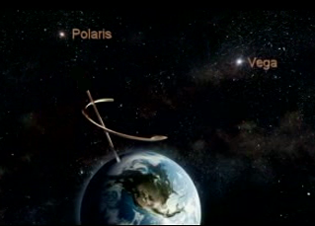 |
 Automatic translation
Automatic translation





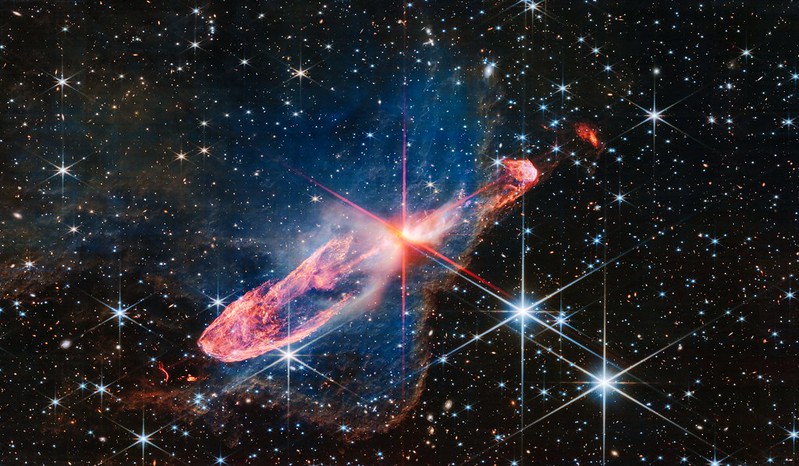 The life of the stars: From the collapse of the nebula to the cataclysmic explosion
The life of the stars: From the collapse of the nebula to the cataclysmic explosion
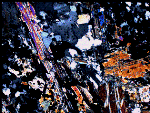 The paradox of the young Sun
The paradox of the young Sun
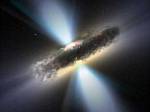 Black hole, massive star residue
Black hole, massive star residue
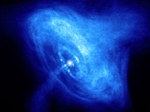 Neutron Star
Neutron Star
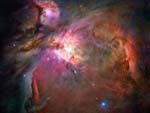 Blue and red giants
Blue and red giants
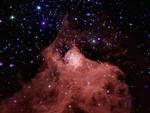 He is born four or five stars every year
He is born four or five stars every year
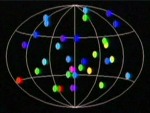 The mystery of gamma-ray bursts
The mystery of gamma-ray bursts
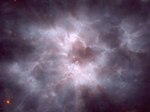 The white dwarfs
The white dwarfs
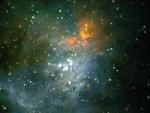 The brown dwarfs
The brown dwarfs
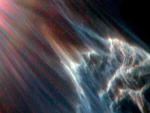 Stellar Winds of the Merope Nebula
Stellar Winds of the Merope Nebula
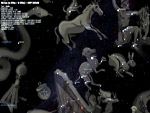 Bright Stars Sirius
Bright Stars Sirius
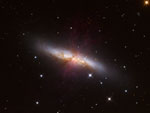 The Cigar Explosion
The Cigar Explosion
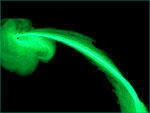 Escape velocity of small objects from black holes
Escape velocity of small objects from black holes
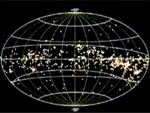 Gould's belt, a stellar firework
Gould's belt, a stellar firework
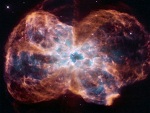 The death of stars as seen by hubble
The death of stars as seen by hubble
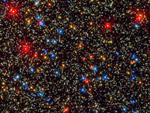 Blue, white, yellow, orange stars
Blue, white, yellow, orange stars
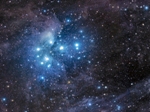 The 500 stars of the Pleiades
The 500 stars of the Pleiades
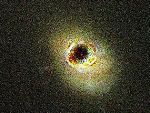 In search of black holes
In search of black holes
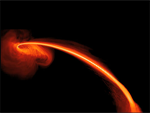 More details about Fomalhaut
More details about Fomalhaut
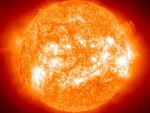 The yellow dwarfs
The yellow dwarfs
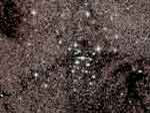 Thousands of stars bound by gravity
Thousands of stars bound by gravity
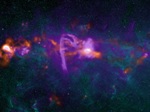 Sagittarius A, our black hole in 2013
Sagittarius A, our black hole in 2013
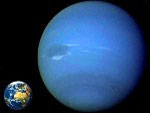 Comparative sizes of planets and stars
Comparative sizes of planets and stars
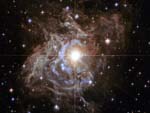 What is a Cepheid?
What is a Cepheid?
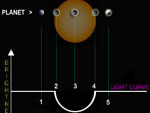 Turn off the stars to see exoplanets
Turn off the stars to see exoplanets
 Supernovae or the death of a star
Supernovae or the death of a star
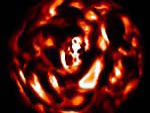 Most detailed image of Betelgeuse
Most detailed image of Betelgeuse
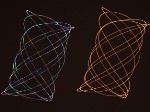 Star or Planet
Star or Planet
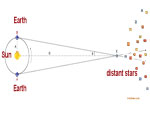 How to calculate the distance of stars?
How to calculate the distance of stars?
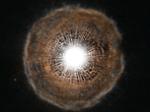 U Cam, a star at the end of its life
U Cam, a star at the end of its life
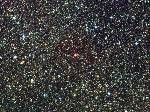 The red dwarfs
The red dwarfs
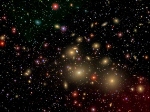 A gigantic black hole
A gigantic black hole
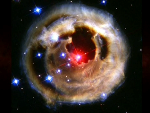 Live explosion seen by Hubble
Live explosion seen by Hubble
 Stars near Alpha Centauri
Stars near Alpha Centauri
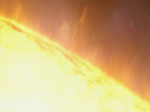 The Power of the Sun
The Power of the Sun
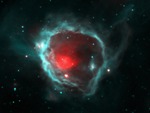 Coatlicue, the star at the origin of our Sun
Coatlicue, the star at the origin of our Sun